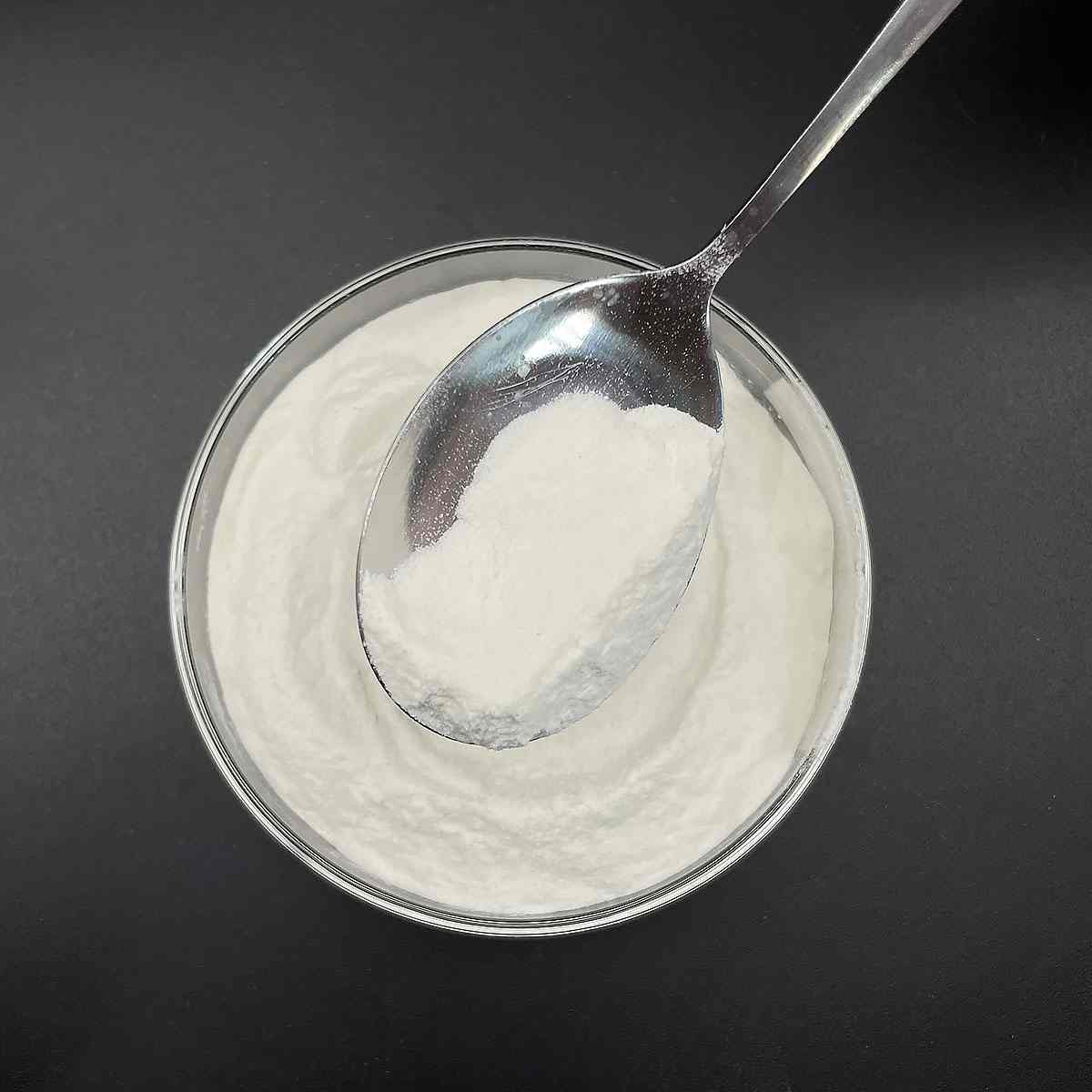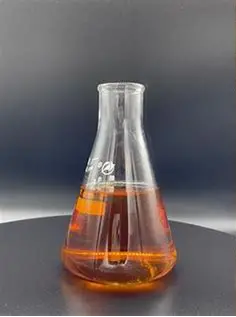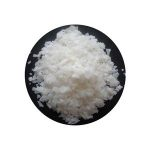1. Introduction
In the past 48 hours, a viral TikTok video highlighting ‘SLS-free skincare routines’ has reignited consumer concerns about sodium lauryl sulfate (SLS) in everyday products. With over 2 million views, the trend underscores growing demand for gentler, bio-based alternatives—especially among those with sensitive skin or environmental concerns. If you’ve ever wondered how to swap out SLS without losing cleaning power, you’re not alone.

Sodium lauryl sulfate—also known as sodium dodecyl sulfate, sls sodium lauryl sulfate, or na lauryl sulfate—is a powerful anionic surfactant widely used in shampoos, toothpastes, and detergents. While effective at cutting grease and creating lather, it can cause irritation for some users. The good news? There are safer, milder options that still deliver results.
2. Why Replace Sodium Lauryl Sulfate?
Many people seek alternatives to sodium lauryl sulfate due to skin sensitivity, dryness, or environmental impact. Unlike bio surfactants such as decyl glucoside or coco glucoside, traditional SLS is derived from petroleum or coconut oil but processed with harsh sulfonation methods. It’s also frequently confused with sodium laureth sulfate (also called sodium lauryl ether sulfate or laureth sulphate), which is milder but may contain trace 1,4-dioxane—a potential contaminant.
If you’re formulating your own products or choosing commercial ones, understanding the meaning of surfactant is key. Surfactants reduce surface tension, helping water mix with oil and dirt. They fall into four categories: anionic (like SLS), cationic (like cetyl trimethyl ammonium bromide), nonionic (like polysorbate 80 or pluronic 127), and amphoteric (like cocamidopropyl betaine).
3. Step-by-Step Guide to Replacing SLS Safely
3.1 Identify Your Product Type
First, determine what you’re making: shampoo, body wash, facial cleanser, or even a surfactant for herbicides? Lawn wetting agents often use lignin sulfonate or ethoxylated alcohol, while personal care favors mild amphoteric or non ionic surfactant blends. Don’t use industrial surfactants like sodium dodecylbenzene sulfonate in skincare!

3.2 Choose a Suitable Alternative
For gentle cleansing, consider these SLS substitutes:
- Alkyl polyglucoside (e.g., decyl glucoside or coco glucoside): plant-derived, biodegradable, and non-irritating.
- Sodium cocoyl isethionate or sodium lauroyl methyl isethionate: creamy lather, ideal for solid bars.
- Cocamidopropyl betaine (also called coco betaine or amidopropyl betaine): amphoteric, boosts foam, and reduces irritation from anionic surfactants.
- Sodium coco sulfate: a milder cousin of SLS, often labeled as ‘coco sodium sulfate.’
Avoid confusing sodium laureth sulfate (sls sodium laureth sulfate) with SLS—it’s different but still anionic. For truly sulfate-free formulas, skip both.
3.3 Balance Your Surfactant System
Most effective cleansers combine surfactant types. A common blend: 60% anionic (e.g., sodium lauroyl sarcosinate), 30% amphoteric (cocamidopropyl), and 10% nonionic (polysorbate 80). This mix ensures lather, mildness, and stability. Remember: anionic and cationic surfactants generally don’t mix well—they can neutralize each other. So avoid pairing SLS with cationic ingredients like cetyltrimethylammonium bromide unless formulating conditioners.

3.4 Test for Performance and Safety
After mixing, check pH (aim for 5–6 for skin), foam quality, and rinseability. Patch-test on your inner arm for 24 hours. If you’re using methylated seed oil or span80 as emulsifiers, ensure they’re compatible with your chosen surfactant non ionic base.
4. Common Mistakes to Avoid
Don’t assume ‘sulfate-free’ means irritation-free—some alternatives like sodium oleate or sodium deoxycholate can still be harsh. Also, avoid fluoro surfactants or copper 1 bromide unless you’re in industrial chemistry; they’re not for home use. And never buy ‘sodium lauryl sulfate for sale’ from unverified suppliers—purity matters.
Finally, don’t overcomplicate. Simple blends of coco glucoside + cocamidopropyl betaine often outperform complex formulas. Brands like Rohit Surfactants Private Limited supply quality raw materials, but always request certificates of analysis.
5. Conclusion
Replacing sodium lauryl sulfate doesn’t mean sacrificing performance. By understanding surfactant categories—anionic, cationic, nonionic, and amphoteric—and choosing gentle, bio-based alternatives like alkyl polyglucosides or sarcosinate derivatives, you can create effective, skin-friendly formulations. Whether you’re making shampoo or a natural weed killer surfactant, the key is balance, compatibility, and informed ingredient selection.
Our Website founded on October 17, 2012, is a high-tech enterprise committed to the research and development, production, processing, sales and technical services of ceramic relative materials such as How. Our products includes but not limited to Boron Carbide Ceramic Products, Boron Nitride Ceramic Products, Silicon Carbide Ceramic Products, Silicon Nitride Ceramic Products, Zirconium Dioxide Ceramic Products, etc. If you are interested, please feel free to contact us.


